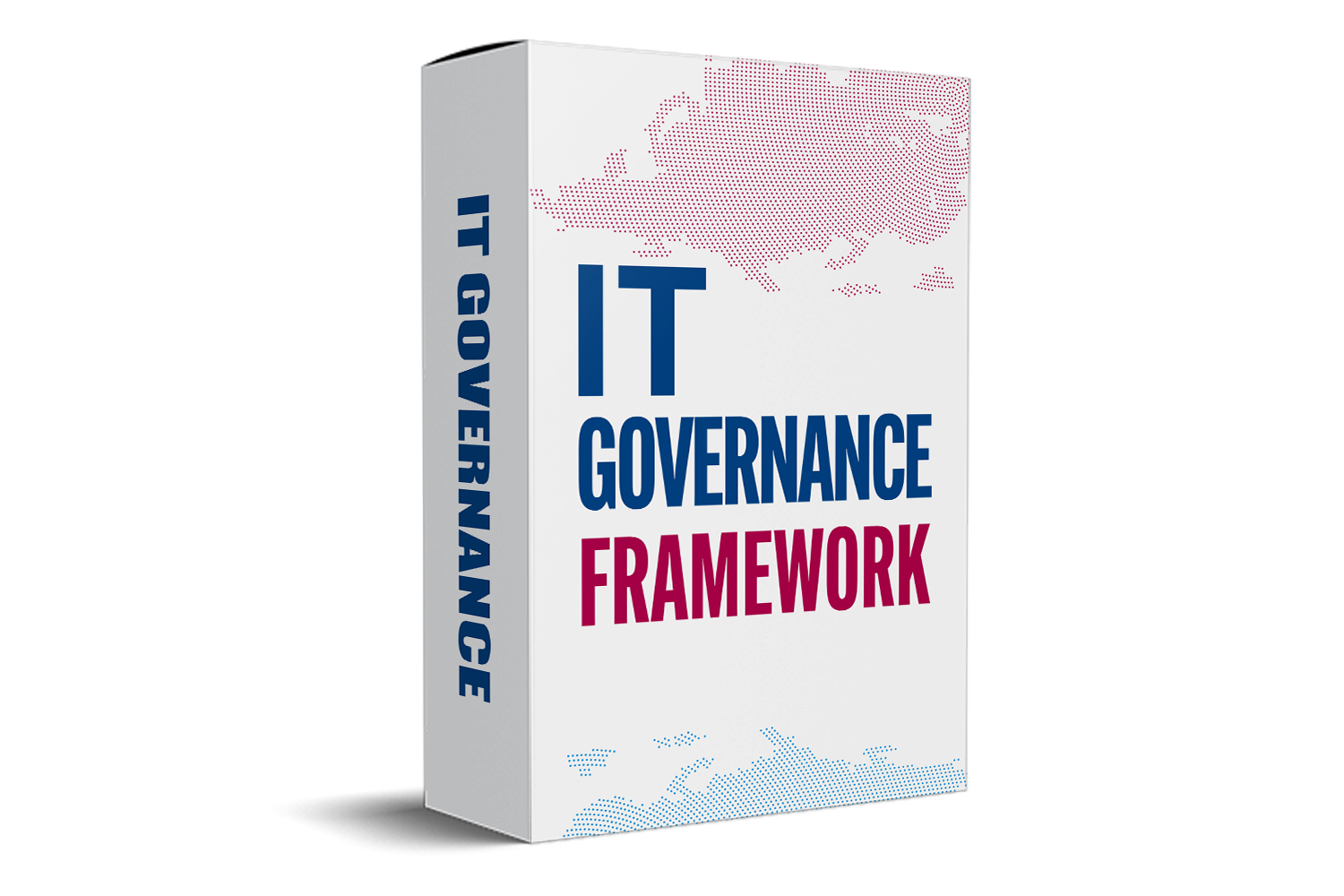Effective Strategies For Implementing Internal Audit Structure
Introduction
The internal audit structure of an organization is crucial in ensuring that proper controls, risk management, and compliance processes are in place. A well-designed internal audit function can provide valuable insights and recommendations to enhance the overall governance and performance of the organization. From defining roles and responsibilities to establishing reporting lines and communication channels, a robust internal audit structure is a key component of effective corporate governance.

Importance Of Solid Internal Audit Structure
Internal audit structure provides independent assurance to management and stakeholders that the organization's operations are being conducted in accordance with laws, regulations, and best practices. A well-established internal audit function can help organizations enhance their overall governance framework by providing insights into the effectiveness of risk management practices, internal controls, and compliance processes. This can help management, and the board of directors make informed decisions and allocate resources more effectively.
Internal auditors can also add value to the organization by identifying opportunities for process improvements and cost savings. By reviewing and analyzing the organization's operations, internal auditors can help management identify inefficiencies, streamline processes, and optimize resource utilization. Internal audit structure can also help improve communication and collaboration within the organization. Internal auditors work closely with various departments and functions to assess risks and controls, which can help foster a culture of accountability, transparency, and continuous improvement.
A solid internal audit structure is essential for organizations to effectively manage risks, enhance governance practices, and drive operational excellence. By investing in an effective internal audit function, organizations can strengthen their ability to identify and manage risks, improve decision-making processes, and achieve their strategic objectives. Ultimately, a well-established internal audit function can be a valuable asset that helps organizations navigate the complex and ever-changing business landscape with confidence and agility.
Role Of Technology In Enhancing Internal Audit Structure
1. Automation: Technology allows for the automation of routine audit tasks, saving time and increasing accuracy. Internal audit software can streamline processes such as data collection, analysis, and reporting, reducing the likelihood of human error and enabling auditors to focus on more complex tasks.
2. Data Analysis: Technology enables internal auditors to analyze vast amounts of data quickly and accurately. Advanced analytics tools can uncover patterns, trends, and anomalies in data, providing valuable insights for audit planning and risk assessment.
3. Remote Auditing: With the use of technology, internal auditors can conduct audits remotely, eliminating the need for physical presence at the audit site. This not only saves time and resources but also reduces the risk of disruptions due to external factors such as travel restrictions.
4. Continuous Monitoring: Technology enables continuous monitoring of key risk indicators and controls, allowing internal auditors to detect issues in real time. This proactive approach helps organizations identify and address potential risks before they escalate into larger problems.
5. Collaboration: Technology facilitates collaboration among internal audit teams, enabling them to work together seamlessly regardless of their physical location. Cloud-based audit management systems can centralize audit documentation, streamline communication, and promote transparency within the team.
6. Reporting: Technology enhances the reporting capabilities of internal auditors, enabling them to generate customized reports with interactive dashboards and visualizations. This not only improves the communication of audit findings but also helps stakeholders better understand the implications of the audit results.
Key Components Of An Effective Internal Audit Structure
1. Independence: One of the most important components of an effective internal audit structure is independence. The internal audit function should operate independently from management to ensure unbiased and objective assessments of the organization's operations.
2. Competent And Qualified Staff: Another key component is having a team of competent and qualified staff. Internal auditors should possess the necessary skills and knowledge to effectively carry out their duties, such as understanding audit techniques, risk assessment, and regulatory requirements.
3. Risk Assessment: Conducting regular risk assessments is essential for identifying potential risks that could impact the organization. Internal auditors should work closely with management to identify and evaluate risks, prioritize them based on their potential impact, and develop strategies to mitigate the risks.
4. Clear Objectives And Scope: Internal audit functions should have clear objectives and scope of work that align with the organization's goals and priorities. This ensures that auditors focus on the most critical areas of the business and provide valuable insights to management.
5. Effective Communication: Communication is key in any internal audit structure. Internal auditors should communicate effectively with management, employees, and other stakeholders to convey audit findings, recommendations, and follow-up actions in a clear and concise manner.
6. Continuous Monitoring And Improvement: Internal audit functions should continuously monitor their processes, procedures, and performance to identify areas for improvement. By implementing feedback mechanisms and conducting regular assessments, internal auditors can enhance their effectiveness and add value to the organization.
7. Compliance With Standards And Regulations: Internal auditors should stay up-to-date with industry standards, regulations, and best practices to ensure compliance. By adhering to these standards, auditors can provide assurance to stakeholders that the organization is operating ethically and in accordance with legal requirements.
Conclusion
In summary, establishing a solid internal audit structure is crucial for ensuring organizational integrity and compliance. By implementing a well-defined internal audit framework, companies can effectively identify risks, improve efficiency, and ultimately enhance overall performance. Therefore, it is imperative for organizations to prioritize the development and maintenance of a robust internal audit structure to safeguard against potential threats and uphold a culture of accountability and transparency within the organization.



